How Long Will Rolled Turf Last? Essential Tips for Longevity and Maintenance
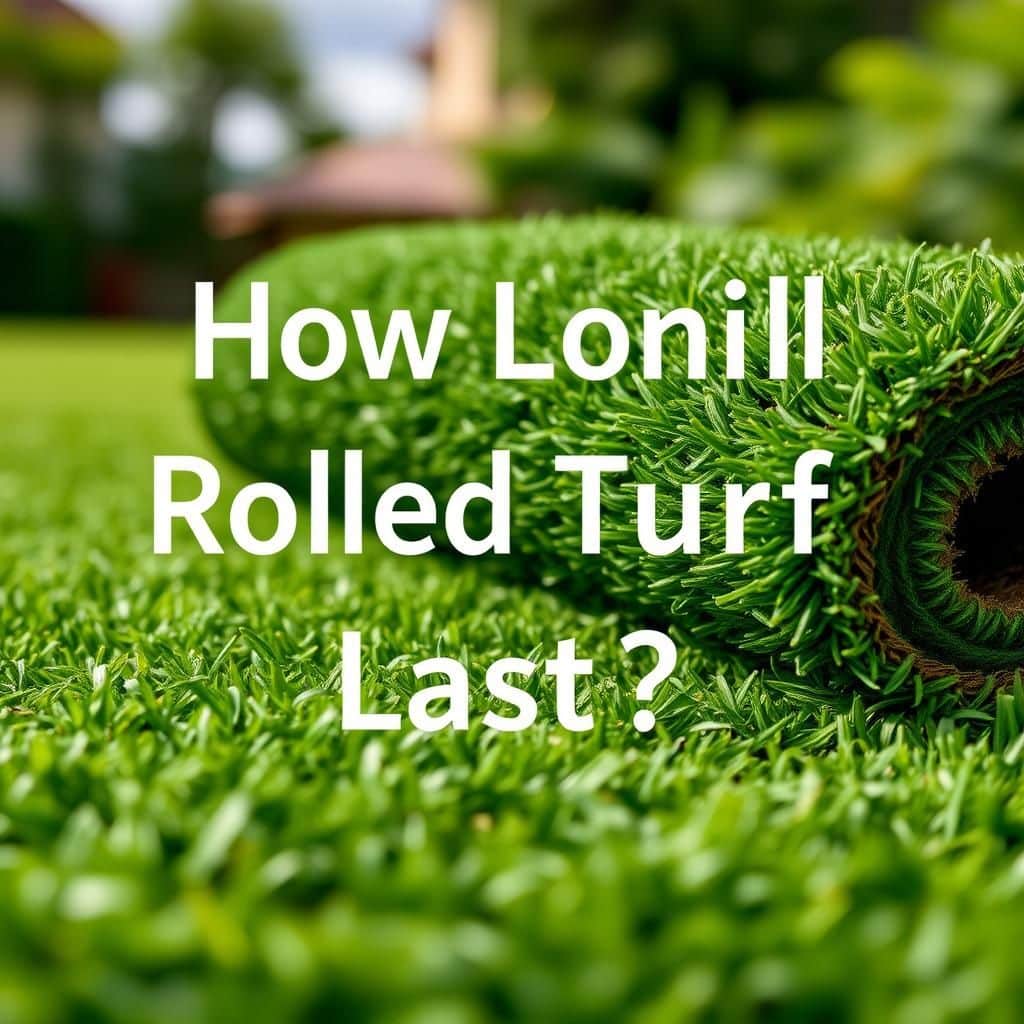
When investing in rolled turf, understanding its lifespan and maintenance requirements is crucial for ensuring a lush, green lawn. This article delves into the factors that influence the longevity of rolled turf, including climate, soil quality, and watering practices. By following essential tips and guidelines, homeowners can maximize the life of their turf, preventing common issues such as brown patches or weed growth. Whether you're a seasoned gardener or a first-time buyer, this comprehensive guide will provide you with the knowledge needed to keep your rolled turf vibrant and healthy for years to come.
Understanding the Lifespan of Rolled Turf
Rolled turf, when properly installed and maintained, can last anywhere from 10 to 20 years, depending on various factors such as climate, soil quality, and the type of grass used. Regular maintenance like watering, mowing, and fertilizing plays a crucial role in extending the life of the turf. Additionally, factors such as foot traffic, pests, and local environmental conditions can significantly affect its durability. Ultimately, with the right care and attention, rolled turf can maintain its lush appearance and functionality for many years.
Factors Influencing Turf Longevity
Several factors can influence the longevity of rolled turf. First, the quality of soil where the turf is installed greatly impacts its growth and health. Secondly, the weather conditions and regional climate can lead to either rapid degradation or a longer lifespan. Additionally, installation methods and post-installation care are essential in determining how long the turf will remain healthy. Each of these elements needs to be considered to ensure the turf's maximum lifespan.
Maintenance Practices for Extended Lifespan
To prolong the life of rolled turf, adopting consistent maintenance practices is vital. This includes regular watering, especially during dry spells, to keep the grass healthy and prevent drought stress. Moreover, proper mowing techniques help maintain the right height for optimal growth while minimizing disease susceptibility. Additionally, applying fertilizers and pesticides when necessary can protect the turf from pests and nutrient deficiencies, ensuring it lasts longer.
Common Issues Affecting Turf Durability
Various issues can affect the durability of rolled turf, such as pest infestations, diseases, or improper watering techniques. Pests like grubs can damage the root system, while diseases such as fungal infections can cause deterioration in the grass. Furthermore, overwatering or underwatering can lead to root rot or drought stress, both of which significantly shorten the turf's lifespan. Identifying and addressing these issues quickly is essential for maintaining a healthy lawn.
Types of Grass and Their Lifespan
The type of grass used in rolled turf can play a significant role in its lifespan. Cool-season grasses, such as Kentucky bluegrass, may thrive better in northern climates, while warm-season varieties like Bermudagrass last longer in warmer areas. Each type has its specific requirements and tolerance to wear and tear. Understanding these differences is key to selecting the right type of turf that aligns with the local environment and its intended use.
The Financial Aspect of Turf Replacement
Investing in rolled turf can be a considerable expense, and understanding its lifespan helps in budgeting for potential replacement. While initial costs may be high, maintaining turf can sometimes be less expensive than frequent replacements. An up-front investment in quality turf and proper maintenance can reduce long-term costs, making it a financially sound decision. The following table highlights the estimated costs associated with turf maintenance and replacement.
| Item | Initial Cost | Annual Maintenance Cost |
|---|---|---|
| Rolled Turf Installation | $1 to $2.50 per sq. ft. | N/A |
| Regular Fertilization | N/A | $100 to $200 per year |
| Pest Control | N/A | $50 to $150 per year |
| Watering System Installation | $1,000 to $3,000 | $200 to $500 per year |
| Replacement Cost | $1 to $2.50 per sq. ft. | N/A |
How to preserve rolls of turf?
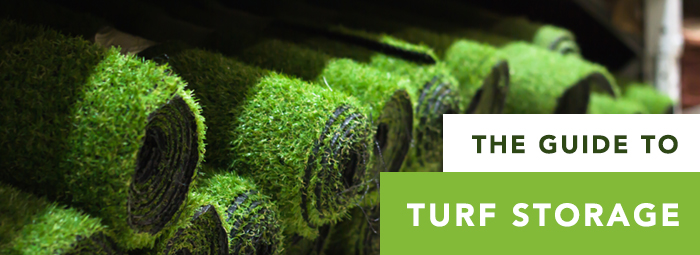
To preserve rolls of turf effectively, it's essential to follow specific guidelines to maintain their health and viability for installation. Proper preservation techniques will ensure that the turf remains fresh and can be installed successfully at a later date. Here’s a comprehensive guide on how to achieve that.
Maintain Appropriate Moisture Levels
Keeping the right moisture level is crucial for preserving rolls of turf. Turf needs to be kept moist but not soggy. Here are some tips to ensure proper moisture levels:
See also:
- Water the rolls before storing. It is important to soak the turf thoroughly so that it retains moisture.
- Inspect regularly for dryness. Check the rolls at least once a day to ensure they do not dry out.
- Use plastic sheeting if necessary. If you're storing the turf for an extended period, cover it with plastic to retain moisture while allowing for some air circulation to prevent mold.
Store in a Cool, Shaded Area
Temperature plays a significant role in the preservation of turf rolls. Storing them in a cool, shaded area helps prevent heat buildup and drying. Consider the following:
- Avoid direct sunlight. Place turf rolls in a shady area to protect them from heat and UV rays.
- Keep away from heat sources. Ensure that the turf is stored away from heaters or any equipment that generates heat.
- Use pallets or racks. Elevate the rolls off the ground using pallets to improve airflow and reduce temperature.
Keep Rolls Bundled and Covered
Keeping the turf rolls bundled and covered will help with moisture retention and protection from pests. To do this effectively:
- Use stretch film or burlap to wrap rolls tightly. This keeps them intact and minimizes exposure to the elements.
- Store in a single layer if possible. Stacking can lead to compression and damage, so flat storage is ideal.
- Label the rolls. Keeping track of different types or batches can help manage when to use them.
Monitor for Pests and Diseases
Pests and diseases can compromise the quality of turf. Regular monitoring is essential. Follow these guidelines:
- Check for discoloration. This could indicate disease or pest infestation.
- Inspect for insects like grubs or aphids. These pests can damage the turf if not addressed quickly.
- Use natural repellents to deter pests without harming the turf.
Plan for Timely Installation
The longevity of turf rolls diminishes over time, making timely installation essential. Here are factors to consider:
- Use turf within two weeks. It’s generally recommended to install rolls within this timeframe for the best results.
- Keep track of weather conditions leading up to installation day. Ideal conditions are damp with temperatures ideally between 60°F and 75°F.
- Prepare the installation site in advance to ensure a quick and efficient laying process when the time comes.
How long can turf last before being laid?
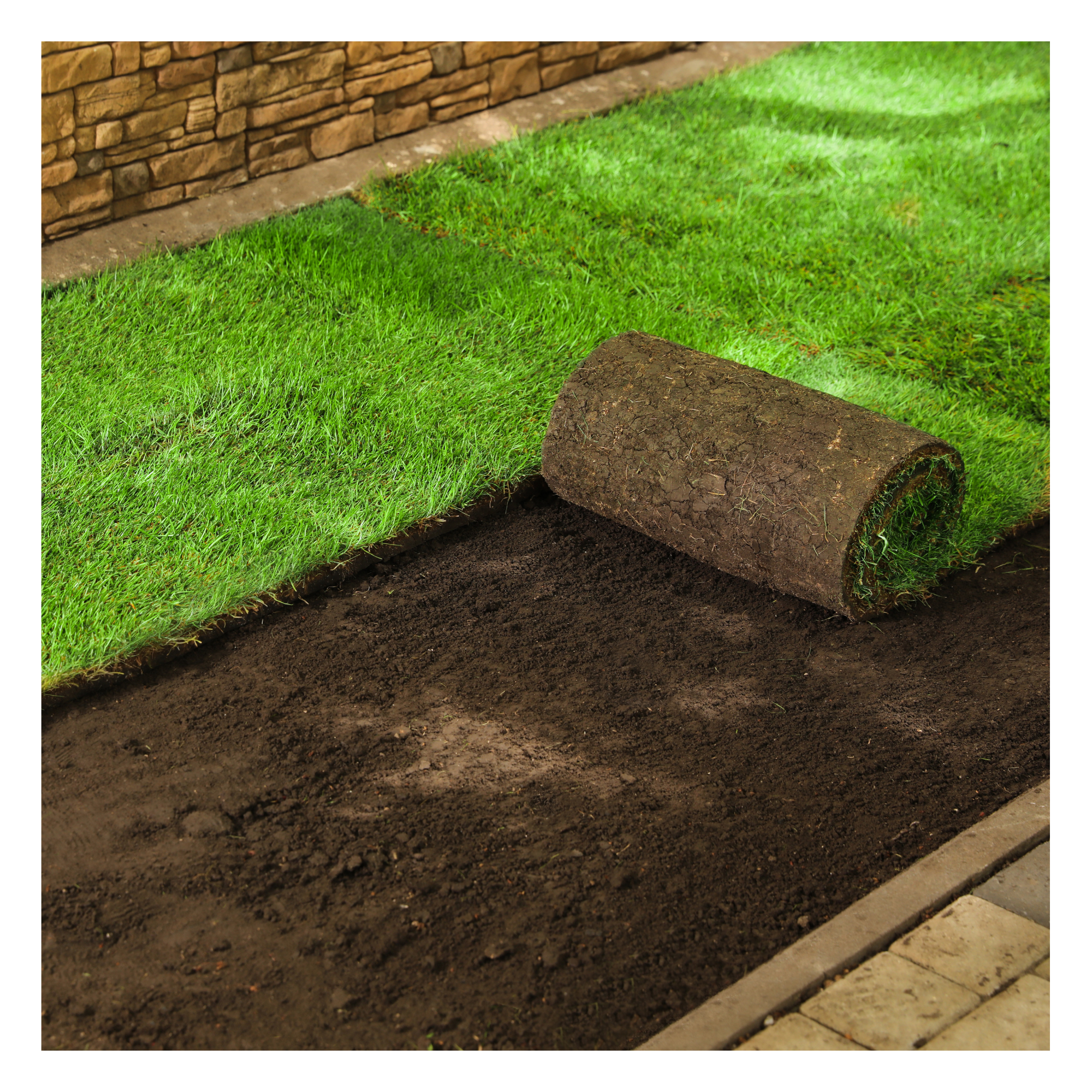
When discussing how long turf can last before being laid, it's important to consider several factors that affect its viability. Generally, freshly harvested turf can survive for approximately 24 to 48 hours if kept in optimal conditions. If the turf is left exposed to direct sunlight or high temperatures, its lifespan shortens significantly.
Optimal Storage Conditions
To ensure that the turf lasts the maximum time before installation, it's crucial to maintain optimal storage conditions. This involves:
- Keeping the turf in a shaded area to prevent overheating.
- Stacking the rolls upright to promote air circulation.
- Maintaining moisture levels by covering the turf with a damp tarp if not laid immediately.
Signs of Decline
As turf begins to decline, certain indicators can be observed. Not only does this tell you how much time you have left before installation, but it also offers hints for the best practices to rejuvenate the turf.
- Color fading to a yellow or brown tint indicates stress.
- Dryness on the surface suggests inadequate moisture.
- Smell of sour or rotten grass can indicate decay.
Temperature Effects
The temperature in which the turf is stored plays a significant role in its longevity. Generally, cooler temperatures are more conducive to maintaining turf health.
- In temperatures above 75°F (24°C), turf can degrade quickly if not laid.
- At temperatures below 50°F (10°C), the turf can survive longer, but may not root properly once laid.
- Moderate temperatures around 60-70°F (15-21°C) are ideal for extending the lifespan of turf before laying.
Preparation Before Laying
Prior to laying the turf, it's essential to undertake preparation steps that enhance the chances of successful installation.
See also: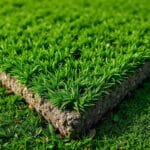
- Moisten the base soil to facilitate better rooting.
- Level and firm the soil to provide a stable base for the turf.
- Have all tools ready to minimize the time turf is left unused.
Importance of Timing
Timing is crucial when it comes to turf installation. Fresh turf should ideally be laid as soon as possible to maximize health and viability.
- Installing within 24 hours drastically reduces risks of decay.
- After 48 hours, consider checking for signs of stress before installation.
- Delaying installation beyond this period may require watering and care to revive the turf.
Will yellow rolled turf recover?
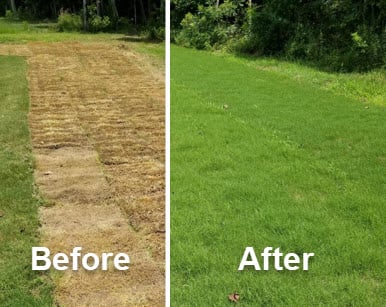
Yellow rolled turf can often recover, but the extent of recovery depends on several factors, including the cause of the yellowing, environmental conditions, and maintenance practices.
Understanding the Causes of Yellowing in Rolled Turf
Yellowing in turf can arise from various reasons. Identifying the cause is crucial for recovery.
- Environmental Stress: Factors like drought, excessive heat, or too much water can stress the grass, leading to yellowing.
- Pests and Diseases: Insect infestations or fungal diseases can damage the turf, causing it to turn yellow.
- Nutrient Deficiencies: A lack of essential nutrients, particularly nitrogen, can result in discoloration and poor growth.
Watering Practices for Turf Recovery
Proper watering is essential for the recovery of yellow rolled turf.
- Consistent Moisture: Keeping the soil consistently moist, but not waterlogged, is critical for root health.
- Deep Watering: Watering deeply encourages deep root growth, which helps the turf recover more effectively.
- Timing: Watering during cooler parts of the day can reduce evaporation and help the turf absorb moisture better.
Fertilization Techniques for Revitalization
Fertilization can significantly affect the recovery of yellow grass.
- Using the Right Fertilizer: Select a nitrogen-rich fertilizer to promote green growth and recovery.
- Application Timing: Fertilizing during the growing season, preferably in spring or early summer, enhances the effectiveness.
- Avoid Over-Fertilizing: Using too much fertilizer can lead to further stress and increase the risk of disease.
Pest Management Strategies
Dealing with pests and diseases is crucial for the health of yellowed turf.
- Identifying Pests: Regularly check for signs of pests, such as grubs or chinch bugs, to manage infestations promptly.
- Implementing Control Measures: Use targeted insecticides or organic solutions to control identified pest populations.
- Monitoring Turf Health: Maintain vigilance after treatment to ensure that the turf begins to recover and remains healthy.
Enhancing Soil Quality for Better Growth
Soil quality plays a significant role in the recovery of yellow rolled turf.
- Conducting Soil Tests: Soil testing can reveal deficiencies or imbalances in pH and nutrients that affect turf health.
- Amending Soil: Based on soil test results, make amendments like lime for pH adjustment or organic matter to improve soil structure.
- Maintaining Aeration: Aerating the soil helps with water infiltration and root development, which supports turf recovery.
Questions from Our Readers
How long will rolled turf last?
The lifespan of rolled turf can vary significantly based on several factors, including maintenance, environmental conditions, and the type of grass used. Generally, if properly cared for, rolled turf can last anywhere from 8 to 15 years.
What factors can affect the longevity of rolled turf?
Factors such as water availability, soil quality, sunlight exposure, and foot traffic can greatly influence the longevity of rolled turf. Ensuring that your turf receives adequate care and attention can help extend its lifespan.
See also:
Can I extend the life of my rolled turf?
Yes, you can extend the life of your rolled turf by maintaining it with regular watering, fertilization, and appropriate mowing practices. Additionally, addressing pest problems and minimizing high foot traffic can also contribute to its longevity.
When should I replace my rolled turf?
You should consider replacing your rolled turf if you notice significant bare patches, weeds, or deterioration that cannot be restored with maintenance. If the turf has lost its vitality or is not recovering, it may be time for a replacement.

If you want to read more articles like How Long Will Rolled Turf Last? Essential Tips for Longevity and Maintenance, we recommend you check out our Turf category.
Leave a Reply
Related Articles